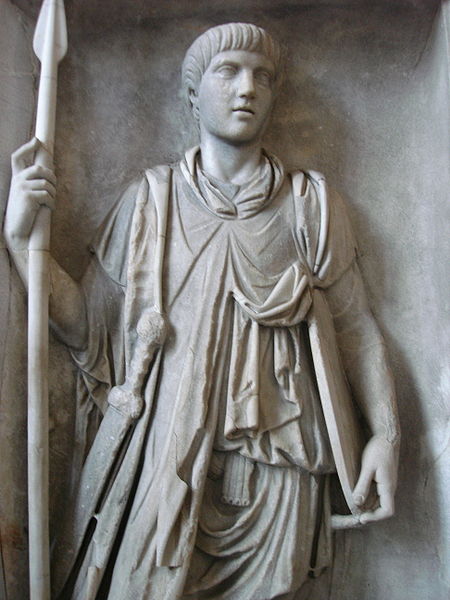The praetorian prefect was a high office in the Roman Empire. Originating as the commander of the Praetorian Guard, the office gradually acquired extensive legal and administrative functions, with its holders becoming the Emperor's chief aides. Under Constantine I, the office was much reduced in power and transformed into a purely civilian administrative post, while under his successors, territorially-defined praetorian prefectures emerged as the highest-level administrative division of the Empire. The prefects again functioned as the chief ministers of the state, with many laws addressed to them by name. In this role, praetorian prefects continued to be appointed by the Eastern Roman Empire until the reign of Heraclius in the 7th century AD, when wide-ranging reforms reduced their power and converted them to mere overseers of provincial administration. The last traces of the prefecture disappeared in the Byzantine Empire by the 840s.

The insignia of the praetorian prefect of Illyricum, as depicted in the Notitia Dignitatum: the ivory inkwell and pen case (theca), the codicil of appointment to the office on a blue cloth-covered table, and the state carriage.
The Praetorian Guard was an elite unit of the Imperial Roman army that served as personal bodyguards and intelligence agents for the Roman emperors.
The Praetorians Relief with an aquila grasping a thunderbolt through its claws, in reference to the Roman interpretatio graeca form of Jupiter.
Funeral inscription of Quintus Pomponius Poeninus, soldier of the IV Praetorian Cohort
A Praetorian soldier armed with standard Roman weapon in 2nd century AD




